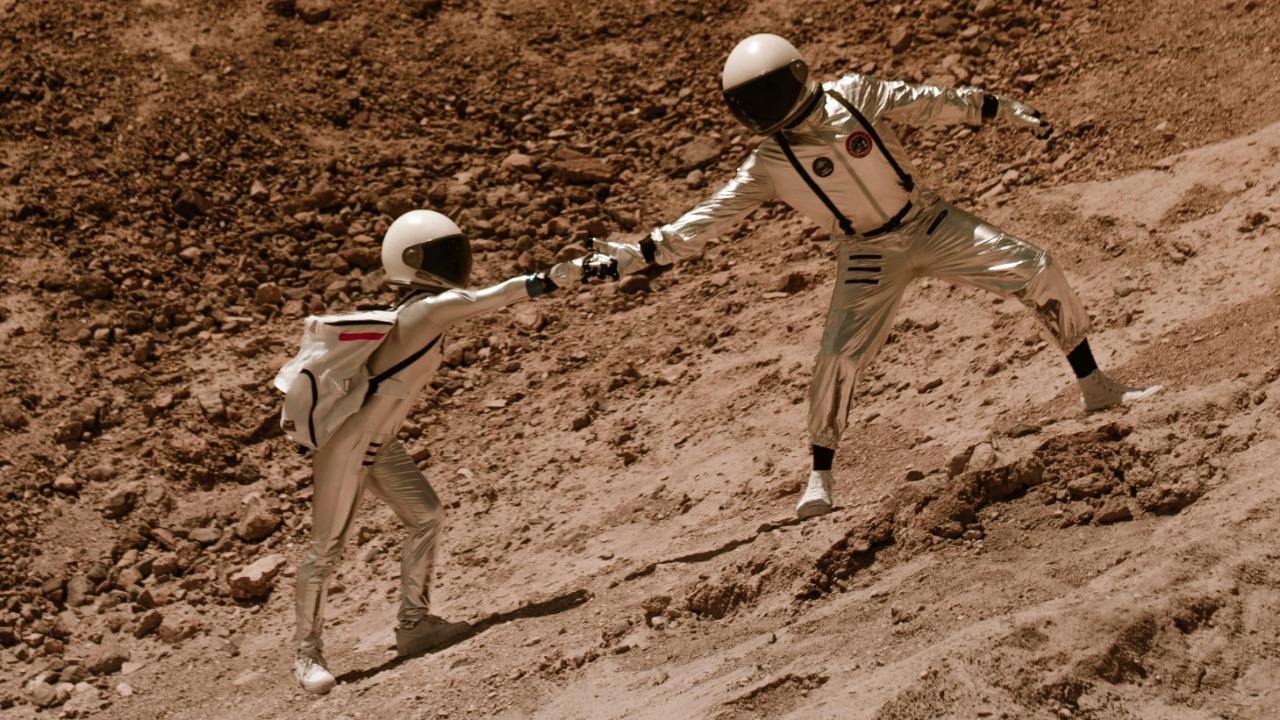
Despite the significant strides made in space exploration, the dream of setting foot on Mars remains elusive. The journey to the Red Planet is fraught with numerous challenges, from technical and logistical hurdles to political and financial constraints. This article delves into these obstacles and explores the reasons why humans have not yet reached Mars.
The Core Question: Why Haven’t Humans Reached Mars?
Historically, the journey to Mars has been a subject of fascination and a formidable challenge. The technical difficulties of sending humans to Mars are numerous and complex. For instance, while robotic explorations have been successful, they highlight the gaps in our current capabilities for manned missions. The persistent barriers to crewed missions include the vast distance to Mars, the need for advanced propulsion technologies, and the challenges of surviving in Mars’ harsh environment.
The question of why humans haven’t reached Mars has evolved over time, tied into broader debates on space exploration priorities. Some argue that the focus should be on exploring our own planet and addressing pressing issues like climate change, while others believe that the future of humanity lies in becoming a multi-planetary species.
Timeline Challenges for US-Led Missions
The timeline for a manned landing on Mars is a subject of intense scrutiny. According to a 2025 report, the US faces significant delays in its plans to “plant the Stars and Stripes” on Mars. The estimated durations and milestones for such missions are continually being revised, highlighting the logistical hurdles involved.
These timelines are not just a matter of national pride; they also reflect the competitive pressures in the international arena. Other countries and private companies are also vying for the prestige of being the first to send humans to Mars, adding another layer of complexity to the endeavor.
Political Influences on Mars Ambitions
The direction of space initiatives is heavily influenced by political factors. The second term of President Donald Trump, for instance, has had significant implications for space policy. According to a 2024 report, one expert expressed being “hugely optimistic” about advancements involving Elon Musk and his company, SpaceX.
Musk’s role in space exploration, through his private sector involvement, has been both a catalyst and a complication. His ambitious plans for Mars colonization have sparked excitement and controversy in equal measure. Furthermore, policy shifts and funding dependencies tied to presidential priorities can either accelerate or hinder progress towards Mars.
Technical Barriers to Human Travel
Technical challenges are among the most significant barriers to human travel to Mars. Propulsion and distance issues are fundamental problems that need to be addressed. The vast distance to Mars requires advanced propulsion technologies that can carry humans safely and efficiently. The long-duration flights also expose astronauts to radiation and microgravity effects, posing serious health risks.
Another critical issue is spacecraft reliability. Mars missions require spacecraft that can withstand the rigors of interplanetary travel, operate in Mars’ harsh environment, and safely return to Earth. These requirements present significant engineering and technological challenges.
Habitation Hurdles on the Red Planet
Surviving on Mars presents its own set of challenges. The Red Planet’s thin atmosphere, extreme temperatures, and lack of liquid water make it inhospitable to humans. According to a 2025 exploration, humans would need to develop advanced life support systems and habitat construction techniques to live on Mars.
Moreover, the psychological and physiological impacts of living in such an environment are not fully understood. The isolation, confinement, and extreme conditions could have profound effects on the mental and physical health of Mars’ inhabitants.
Financial and Resource Constraints
Financial constraints are another significant obstacle to Mars exploration. Ambitious missions require substantial funding, and budget limitations often lead to delays and compromises. The timelines projected for US-led missions are closely tied to budget allocations and financial feasibility.
Public-private partnerships, such as those involving SpaceX, offer a potential solution to funding challenges. However, these models also come with their own complexities and uncertainties. The cost of Mars missions, compared to past space programs, illustrates the scaling difficulties involved in such ambitious endeavors.
Optimism Amid Ongoing Obstacles
Despite the numerous challenges, there is a sense of optimism about the future of Mars exploration. Experts express hope that technological advancements and increased understanding of Mars will eventually enable humans to overcome the obstacles. The “hugely optimistic” sentiment expressed in 2024 reflects this hopeful outlook.
Feasibility studies, such as those exploring how humans could live on Mars, are crucial in identifying potential breakthroughs in habitation technology. These incremental steps, informed by persistent inquiries and research, are paving the way towards overcoming the delays and making the dream of Mars colonization a reality.
More from MorningOverview